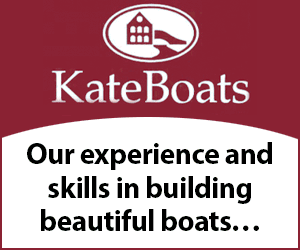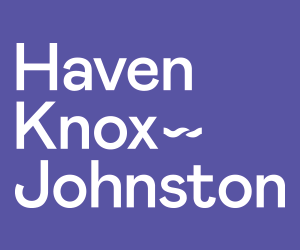Meg Gregory
Meg Gregory brought canal art to an international audience at last year’s Commonwealth Games. Andrew Denny speaks with the Black Country signwriter about this commission and her other work

“I don’t ‘do’ computers. I mean, I can – just – when I have to but it just doesn’t do it for me. I like a sharp pencil, a big drawing board, a decent brush and some nice paint.” Sitting in her garden studio in a suburb of Wolverhampton, Meg Gregory was struggling to work her new Mac laptop as she showed me her biggest-ever contract – to paint all 72 of the country signs paraded at the opening ceremony of the 2022 Commonwealth Games in Birmingham. She’s not quite sure how she came to get the job. But an excellent reputation, established over 20 years, for painting not just boats but all manner of traditional signs, might have something to do with it. When the games organisers wanted someone skilled, artistic and with a connection to the history and industrial heritage of Birmingham and the Black Country, she was soon approached.

International audience
If you saw the opening ceremony you can’t have missed (and you probably smiled at) the mock-canal theme. But the significance wasn’t only in the attractiveness but the extraordinarily detailed historical references.
“The committee wanted an eclectic mix of signs to reflect the history of the area,” she says. “I looked at working boats, the Cadbury’s brand and factories, cast iron street signs and famous Birmingham buildings.”
The organising committee mostly chose the colours, but gave Meg a fairly free hand to create the designs, and listened to her suggestions. She suspects she was chosen partly from her eye-catching website, which meant it was easier for the organisers to see exactly what she could do.
“They wanted somebody local, and who wasn’t solely about painting or shop signs. They wanted somebody who could do the whole range of stuff.” But her business nous also probably impressed: “I was able to just say yes, I could sort out not only painting the signs but also getting them made, boxing them up, transporting them and everything else.” Meg’s notebooks on the project show not just the specified colours, but what each design was inspired by, and the progress to a finished board. The result was broadcast on TVs around the world, but probably never got the praise it deserved. Meg is unsure what happened to the boards – but she likes the idea that they might be scattered around the world, in 72 different locations, perhaps in display cabinets or athletes’ homes as souvenirs of the event.

Crafty roots
Coming from a family so craft-oriented and practical – her father was a draughtsman and teacher in metalwork and design, her mother a “really good” dressmaker, and her grandfather a furniture-maker – it should be little surprise that Meg ended up a craftswoman. She went to Stourbridge Art College after leaving school, trying a general arts course.
“We covered all sorts really, from photography to weaving.” But she soon realised that it was going to be extremely difficult to make a living from painting pictures. She had always been interested in old skills and found an HND course at Lincoln in historic decorative craft. It covered quite a lot of woodworking, but also marbling and graining and gilding. And signwriting.
“I absolutely loved the signwriting. It’s just so practical. I could see there were real opportunities for tangible jobs, not just me painting canvases and trying to sell them afterwards. It was work restoring shop signs, or gilding in churches, all sorts of things.”
After she left college in 1999, Meg stayed in Lincoln. She immediately found her feet, taking a workshop above a florist on Lincoln’s Steep Hill. At the time, there was no other signwriter in the city, so she ended up with all the hand-painted shop and pub sign commissions.
Boat painting
During this period, Meg was living on a boat and she quickly realised that there was a demand for signwriting on the waterways.
“I discovered boat signwriting was traditionally done completely by hand. I got to grips with it by, well, winging it. Nothing is level, nothing stays still and panels are rarely straight. There’s no point measuring stuff, you just have to do it by eye, stand back and have a look.”
For a time things changed in her life, and she began doing a variety of other random jobs, partly in the care sector, which she also enjoyed. But she really missed signwriting, and got in touch with legendary boat painter and signwriter Phil Speight at Dadford’s Wharf, in Stourbridge. She knew that by now her signwriting skills were pretty good, but there was still tradition and history to learn.
“So I moved back to Wolverhampton, started working with Phil part-time, and setting up on my own again.”
To find out more about Meg and her work, visit scribesignwriting.co.uk





